Review Article - (2017) Volume 7, Issue 3
Niño A1, Tamariz V2, Zamora ME3, Pérez LD4 and Degybes AN5
1Faculty of Chemical Engineering, Benemérita Universidad Autónoma de Puebla, Mexico
2Department of Agricultural Science, Research DICA-ICUAP, 14 sur 6301, Puebla, Mexico
3Faculty of Chemical Engineering, Environmental Engineering Area Edif, FIQ2-109, Avenida 18 Sur Col. San Manuel, Puebla, Mexico
4Faculty of Chemical Engineering, Basic Sciences Area Edif, FIQ3-2, Avenida 18 Sur Col.San Manuel, Puebla, Mexico
5Faculty of Chemical Engineering, School of Environmental Engineering, Puebla Mexico
Corresponding Author:
Niño A
Faculty of Chemical Engineering
Benemérita Universidad Autónoma de Puebla, Mexico
Tel: +222295500 - 7251
Email: armando-junior1@hotmail.com
Received Date: May 17, 2017; Accepted Date: May 24, 2017; Published Date: June 03, 2017
Citation: Niño A, Tamariz V, Zamora ME, et al. Evaluation and Characterization of Biosolides from Municipal Residual Waters Treatment Plants in the State of Puebla. Eur Exp Biol 2017, 7:16. doi: 10.21767/2248-9215.100016
Copyright: © 2017 Niño A, et al. This is an open-access article distributed under the terms of the Creative Commons Attribution License, which permits unrestricted use, distribution, and reproduction in any medium, provided the original author and source are credited.
The present study aimed to evaluate the biosolids to determine their viability to be applied as fertilizer. Therefore, physicochemical analyzes were carried out to determine their most important characteristics and to determine the potential uses they might have.
The disposition of the biosolids demands a very careful handling by the quantity that they reach and by the environmental risks that, in some cases can represent before the possibility of containing polluting substances coming from the treated waters by what is important their characterization to be able to be carried to a composting process.
Keywords
Composting; Organic recycling material; Static maturation pile
Introduction
The present work has the purpose of characterizing the biosolids determining their treatment to convert them into a possible fertilizer for crops [1]. The biosolide are those remaining solids of a water treatment process composed of undissolved residual organic matter, or in decomposition process, obtained from a waste water treatment plant (WWTP) [2].
Biosolids represent a problem in environmental and economic for the city of Puebla, due to its high quantity produced per year and volume, which is equivalent to 45% of the total cost of waste water treatment [3].
The Composting is a process by which a biosolid is subjected to a process of degradation of the organic material and simultaneously obtains a reduction of the content of pathogenic microorganisms [4-7].
Biosolids composting can be a good alternative as a method of controlling pathogenic organisms because enteric bacteria are sensitive to temperatures higher than 42°C. Essentially the composting takes place in two temperature ranges, mesophilic (10-40°C) and thermophilic (40-71°C), with 55°C being the critical temperature to eliminate human pathogens [5-9]. On the other hand, the design and management of a composting plan depends to a large extent on the volume of materials available for composting as well as the volume and weight of the finished product [10-15].
The use of residual biosolids in agriculture is subject to the concentration levels of pathogens, parasites and heavy metals, according to NOM-004-SEMARNAT-2002, with classes A, B and C being the most suitable.
The present investigation has been made in the laboratory following the methodology presented in the manual of methodology of physical-chemical analysis of the soils of the Department of Investigation in Agricultural Sciences belonging to the Benemérita Universidad Autonoma De Puebla, as well as along with certain Mexican standards in urban solid waste DICAICUAP- BUAP [16,17].
Area Features
It requires ground with enough space, open air, previous cleaning in general (Figures 1 and 2 ). Then the area is conditioned at ground level to maneuver the discharge and distribution of the biosolide as indicated in Figure 3, To initiate the physical analyzes in field in situ as indicated in the Figure 4 and the sampling for the physical, chemical and bacteriological analyzes in the laboratory (Figure 5), All the analyzes that were carried out with strict control and according to the standard methods that mark the official existing normative of SEMARNAT 2002, the laboratories that were occupied have official records and permits recognized by local and national authorities were carried out in the environmental engineering laboratory of the faculty of chemical engineering and in the specialized laboratory of soils of the department of agricultural sciences research DICAICUAP (Figure 6). They were done in triplicate and the result of each of the parameters indicated in the official Mexican norm already mentioned was averaged and reported (Figure 7). It is important to mention that the company provided all the possible conditions and means that were required to carry out such study, This is the first stage of the research project that is being published, giving the start to the application of the static stack type and mechanical maturation method, then the direct and indirect materials that were occupied as well as their costs are indicated, to work and build the graph (Figure 8) where a comparison of how much it can be cost to produce composted biosolide to be used as fertilizer in agriculture, the farmers can use it in different crops and move the agrochemicals they use in soils that are with loss of organic matter, In some cases totally eroded and unused, these can have a significant recovery through the use of inductive training, by using this natural organic fertilizer in a direct, safe and self-sustaining manner [18-20].
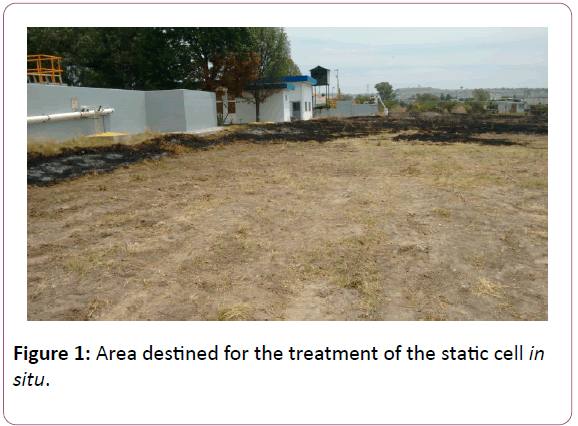
Figure 1: Area destined for the treatment of the static cell in situ.
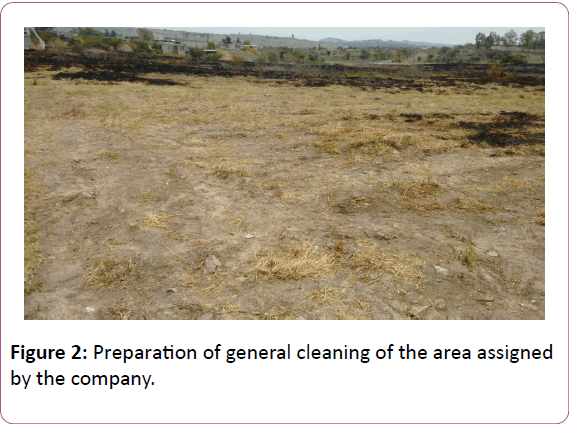
Figure 2:Preparation of general cleaning of the area assigned by the company.
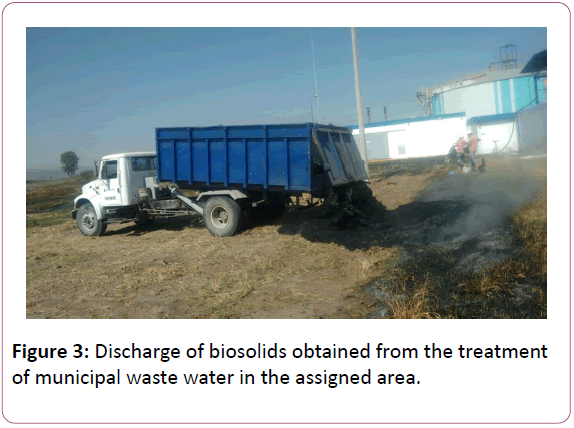
Figure 3: Discharge of biosolids obtained from the treatment of municipal waste water in the assigned area.
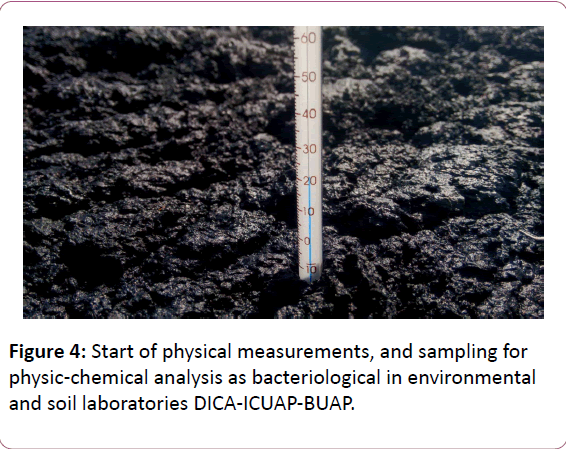
Figure 4: Start of physical measurements, and sampling for physic-chemical analysis as bacteriological in environmental and soil laboratories DICA-ICUAP-BUAP.
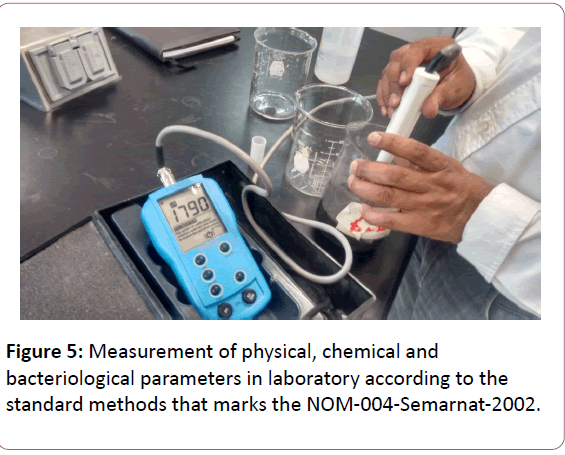
Figure 5: Measurement of physical, chemical and bacteriological parameters in laboratory according to the standard methods that marks the NOM-004-Semarnat-2002.
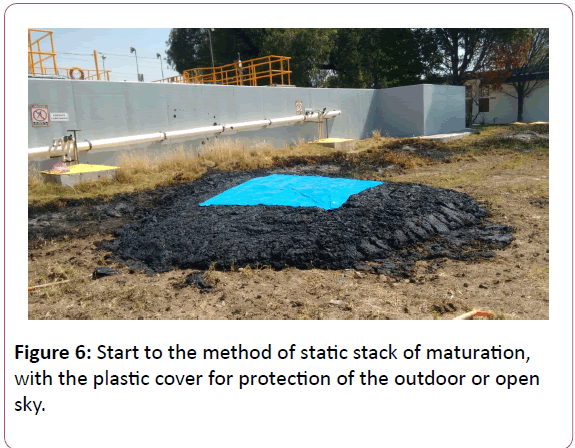
Figure 6: Start to the method of static stack of maturation, with the plastic cover for protection of the outdoor or open sky.
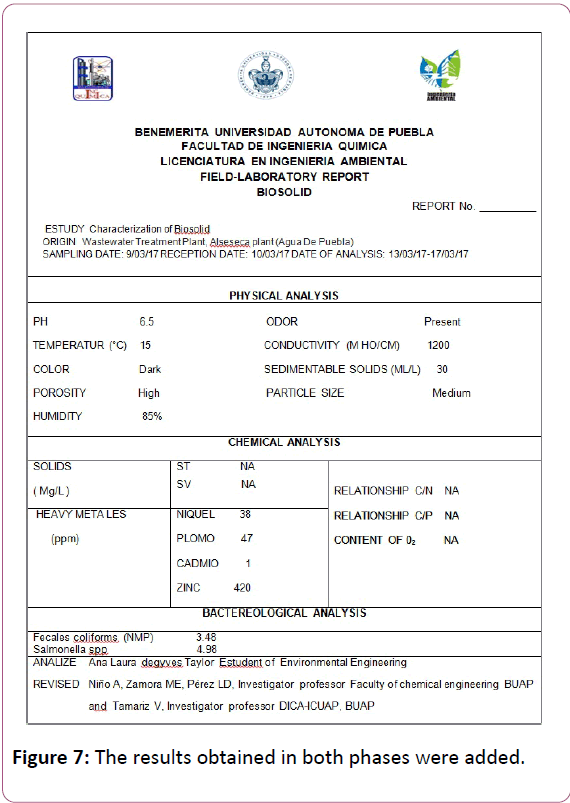
Figure 7: The results obtained in both phases were added.
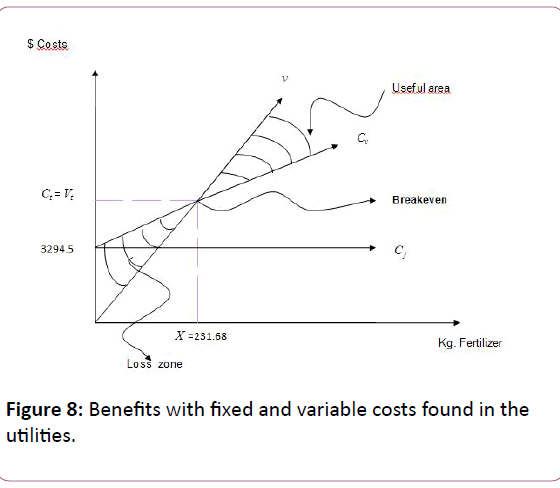
Figure 8: Benefits with fixed and variable costs found in the utilities.
Material and Methods
Characterization physicochemical of biosolids resulting from a waste water treatment process was done [21-27]. The biosolids analysis was divided into two phases:
• Physical analysis of the biosolids performed in the field such as temperature, pH, odour, color, conductivity, sedimentable solids and humidity based on Mexican regulations concerning municipal solid waste.
• pH: Solid waste determination of pH test method (NMXAA- 013-SCFI-2006).
• Humidity: Environmental protection - Soil contamination - Municipal solid waste - moisture determination (NMXAA- 016-1984).
• Sedimentable solids: NMX-AA-004-SCFI-2013 measurement of sedimentable solids in treated natural, residual and treated waters - test method.
• Chemical and bacteriological analysis carried out in the laboratory: Determination of heavy metals by NMP method salmonella and fecal coliforms. NMP is a technique for the quantification of fecal coliforms.
• NOM-004-SEMARNAT- 2002, annex III.
• Atomic absorption spectrophotometry to quantify heavy metals (As, Cd, Cu, Cr, Pb, Hg, Ni, and Zn) in biosolids.
• NOM-004-SEMARNAT-2002 annex VI Environmental Protection-Sludge and biosolids, specifications and maximum permissible limits of contaminants for their use and final disposal.
• Gravimetry: Method of measurement of total solids and volatile solids in samples of sludge, soils and biosolids.
• NOM-004-SEMARNAT-2002- SM2540BE annex I Environmental protection - Sludge and biosolids, specifications and maximum permissible limits of contaminants for their use and final disposal Method of measurement of total solids and volatile solids in samples of sludge, soils and biosolids [28-32].
Results and Discussion
Approximate calculations of direct and indirect inputs for the construction of the static stack of biocomputing maturation (Table 1).
| Fixed | Costs | Variable costs | ||
| Amount | Concept | $ | Concept | $ |
| 1 | Limpieza del suelo | 295 | Material collected, homogenized | 9.85 |
| 1 | Nivelación del suelo | 225 | Bisolido | 25.93 |
| 1 | Gardener Shovel | 50 | ||
| 1 | Zapapico | 50 | ||
| 1 | Plastic | 80 | ||
| 1 | Containers para el biosolido | 60 | ||
| 1 | Sieves | 100 | ||
| 1 | Traspaleo horas hombre | 100 | ||
| 1 | Pruning shears | 84.5 | ||
| 1 | Physicochemical analysis | 2,250.00 | ||
| Subtotal | $3,294.50 | Subtotal | $35.78 | |
Table 1: Calculations of direct and indirect inputs for the construction.
Selling price for each kg of organic fertilizer = $ 50.00

Economic analysis:

The indicates where the balance point is at 231.68 Kg. Compost produced from this amount is beginning to reap the rewards, which is the online sales (υ) (33-37).
Cf=Fixed costs
Cv=Variable costs
Ct=Total costs
Vt=total sales
Vu=Utility value
Conclusions
Due to the results obtained through the procedures established in the regulations, the quality of biosolide with respect to heavy metals and sanitary quality through the search of total coliform microorganisms, fecal coliforms and Escherichia coli is of the best quality, since it does not approach in the least the established permissible maximum limit.